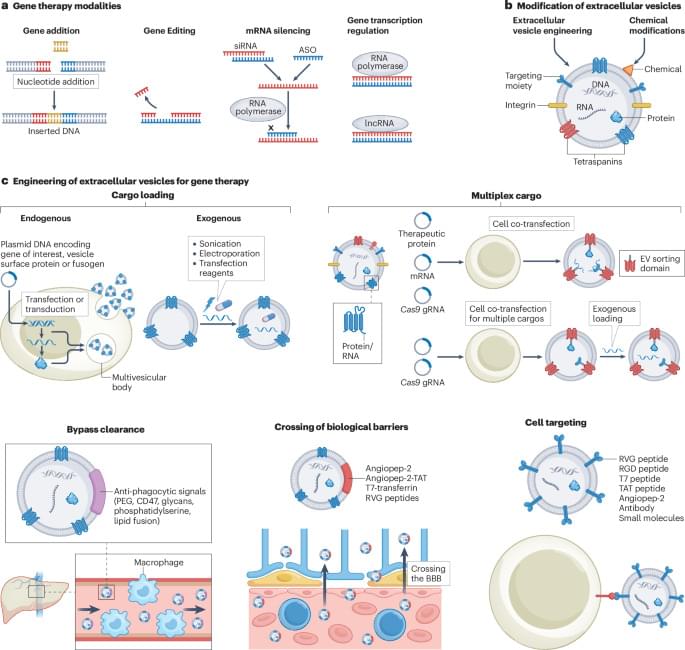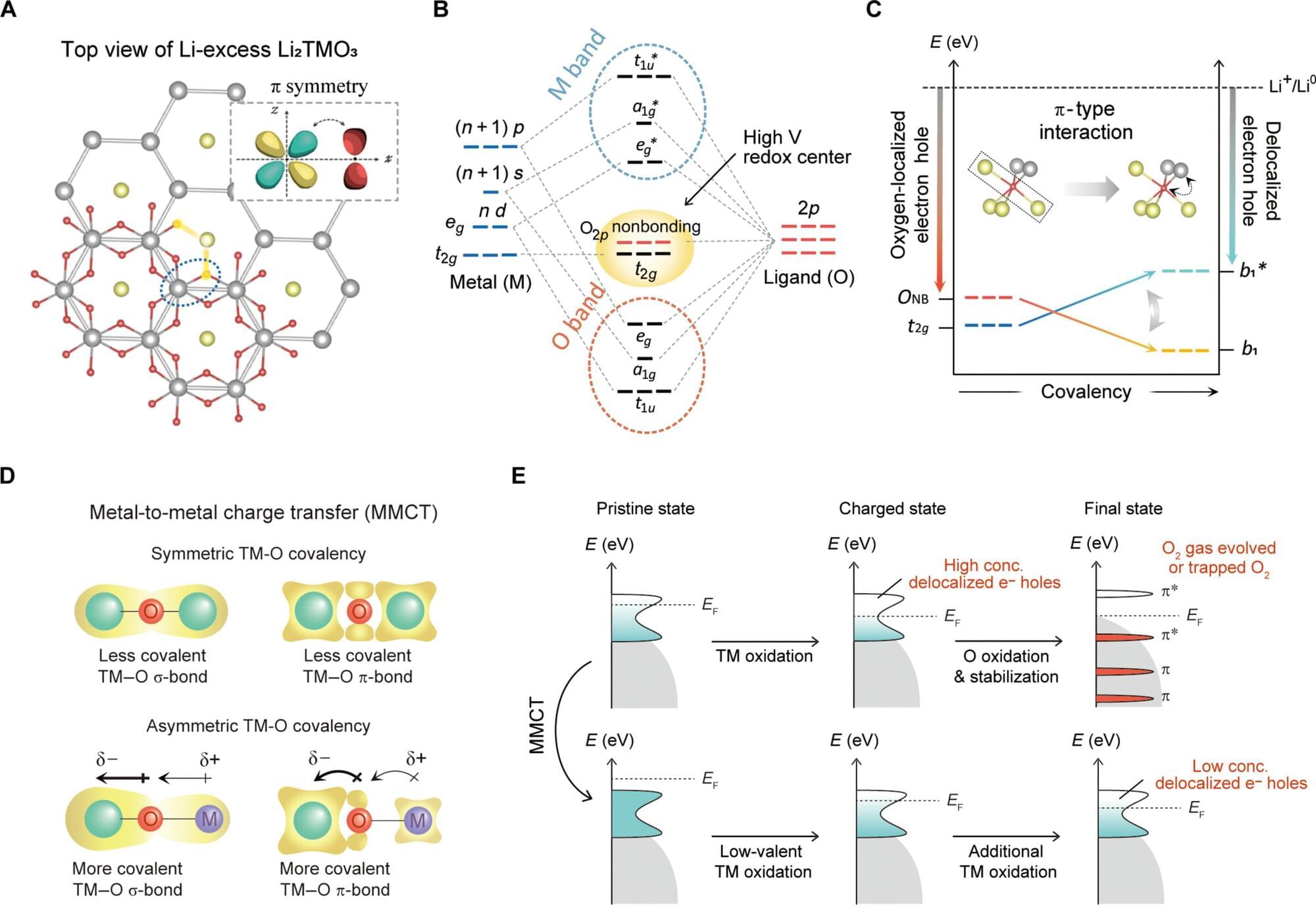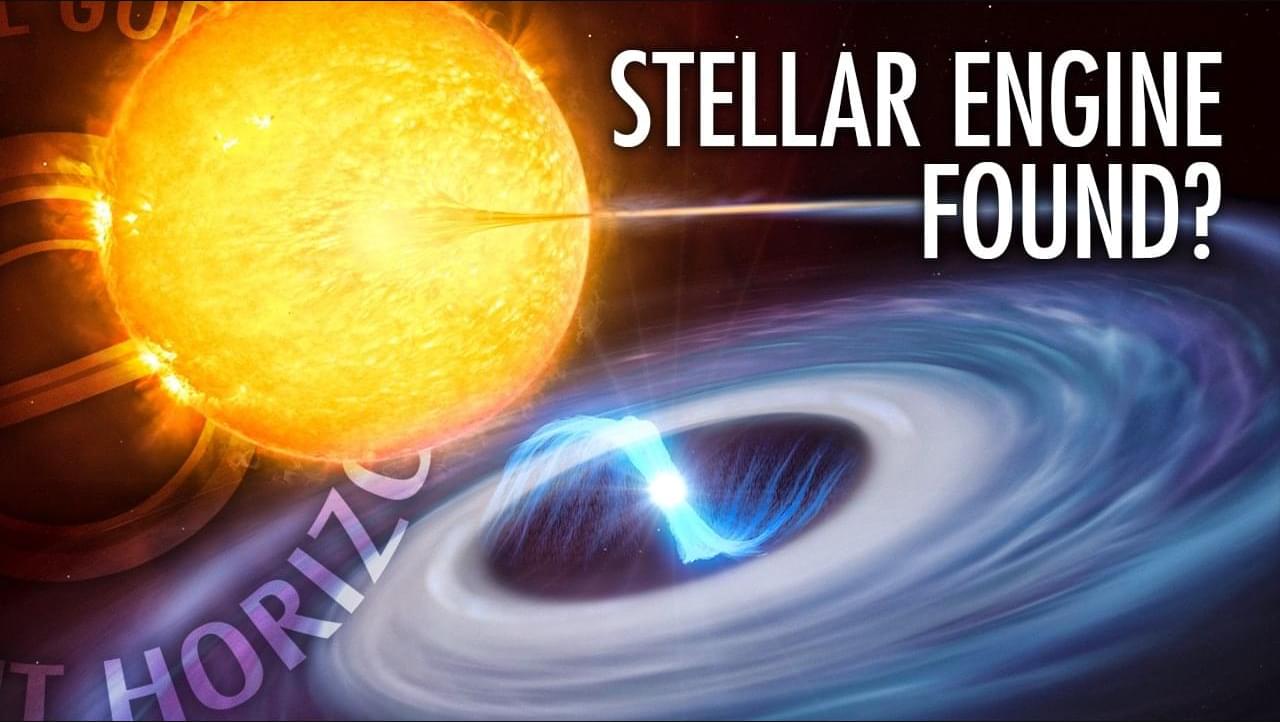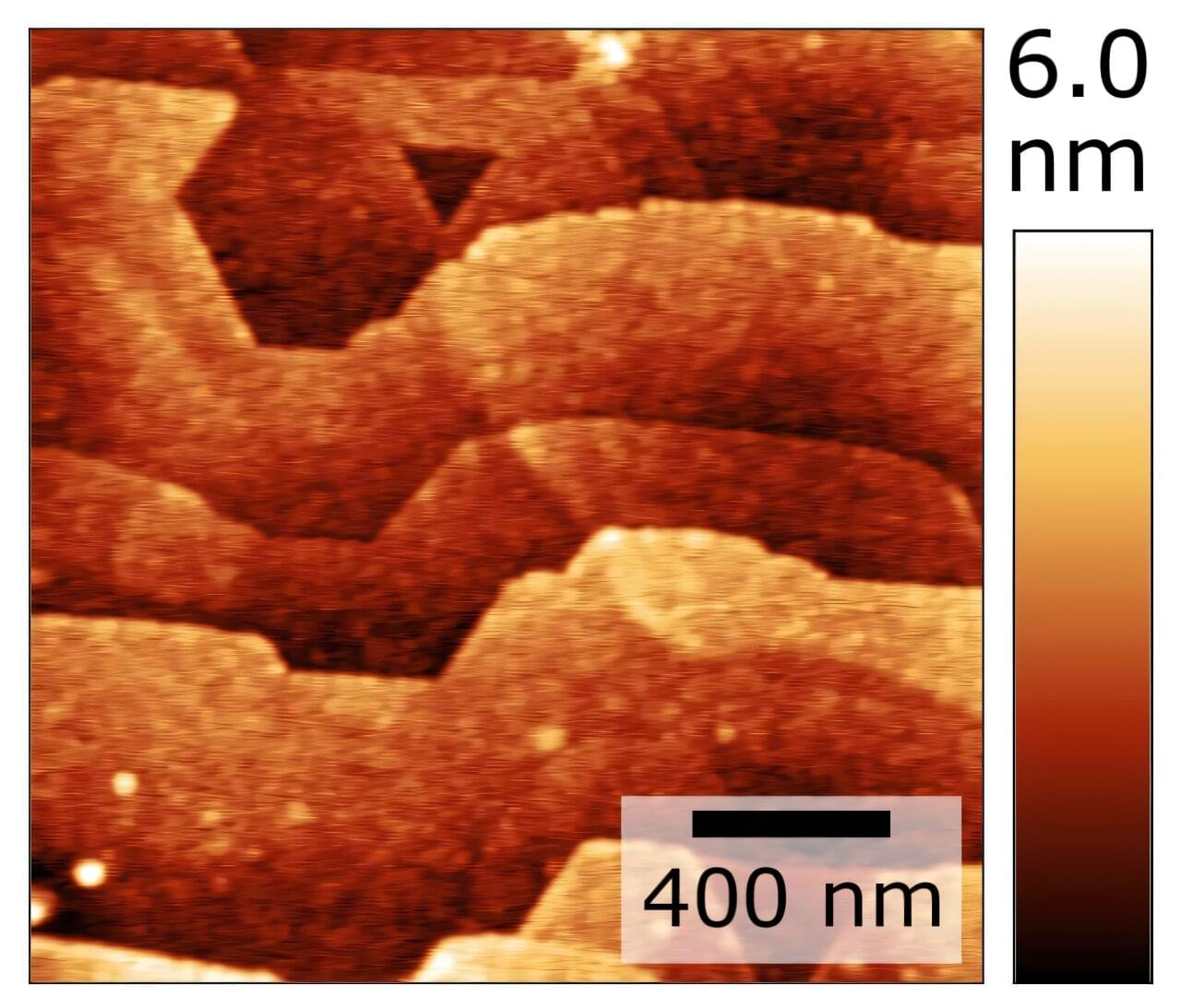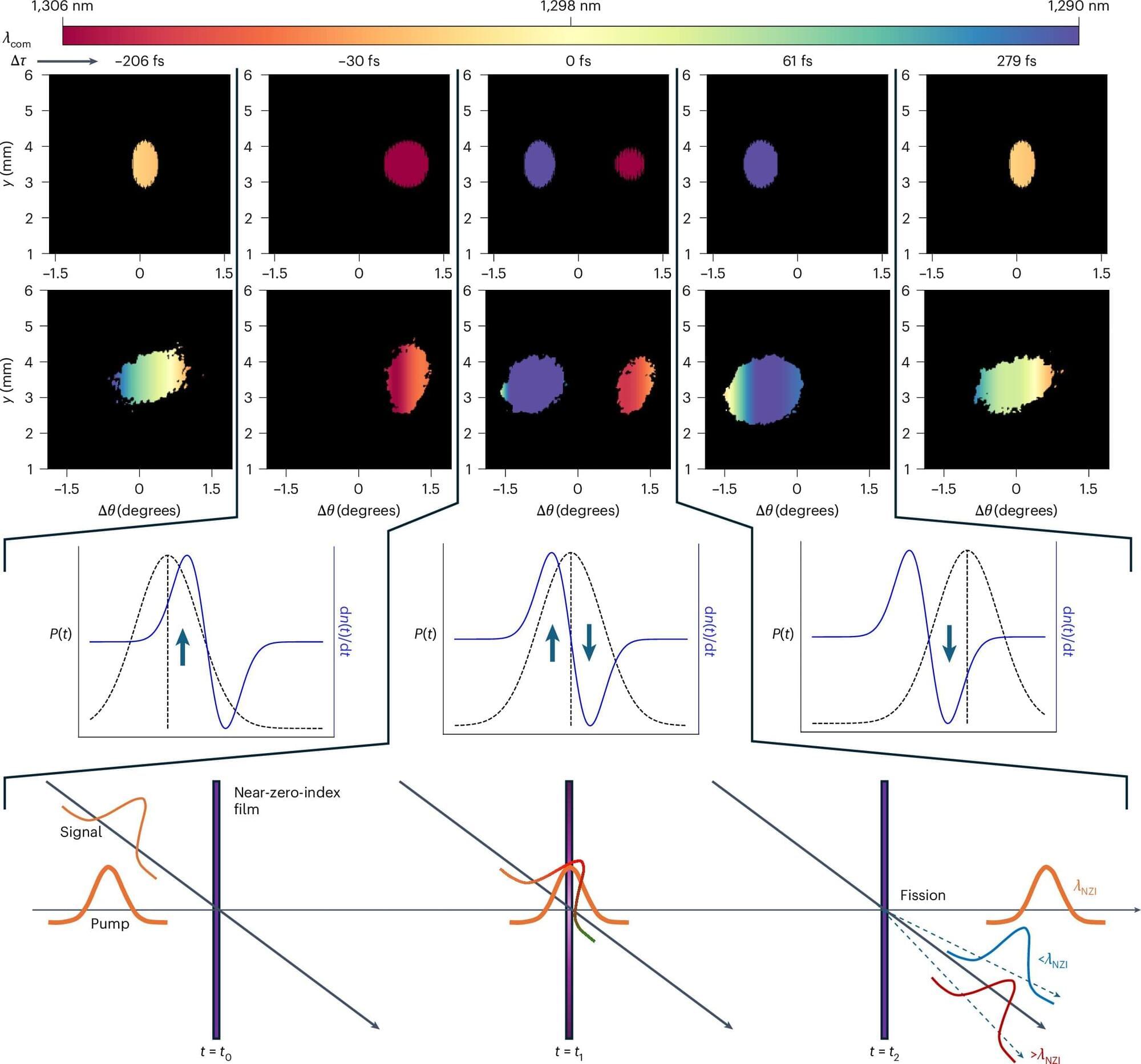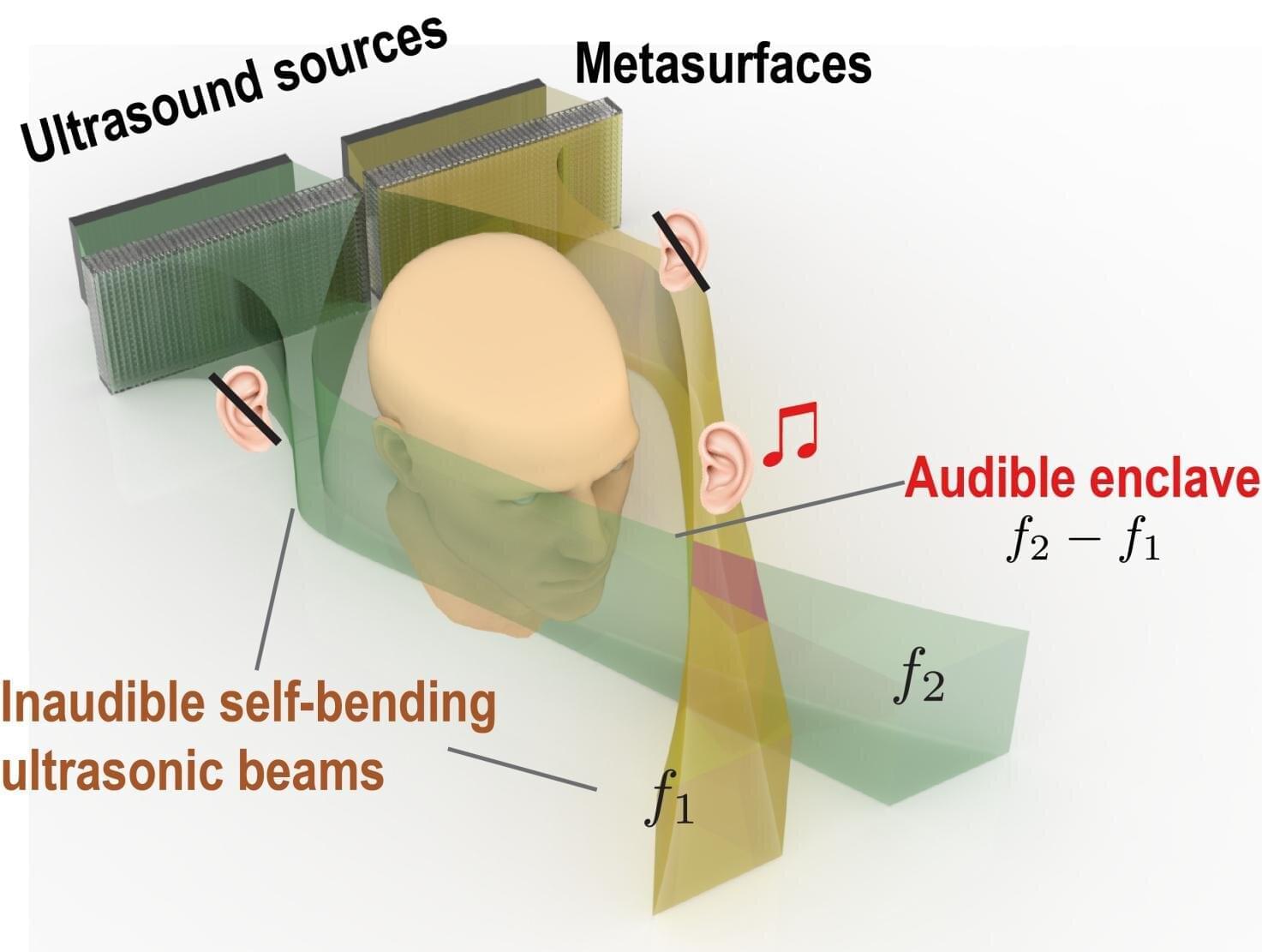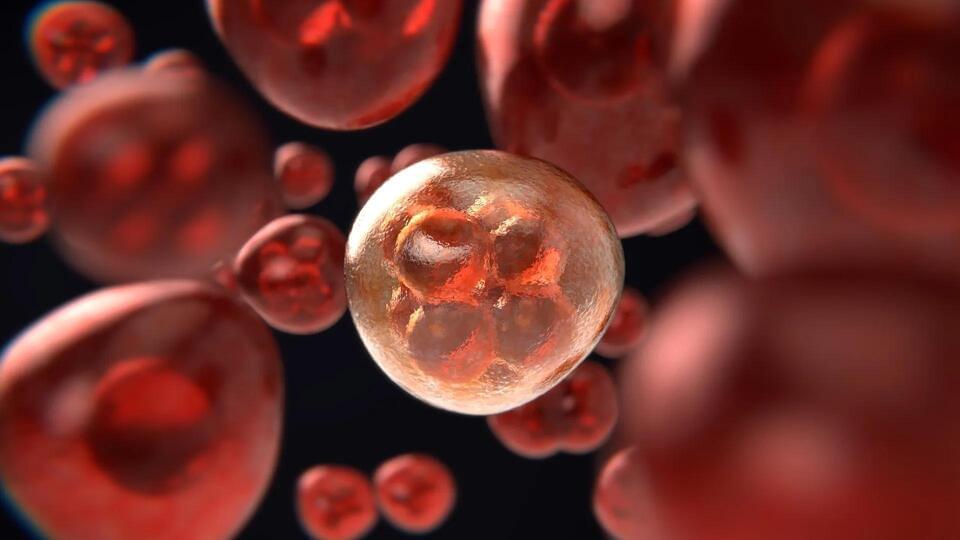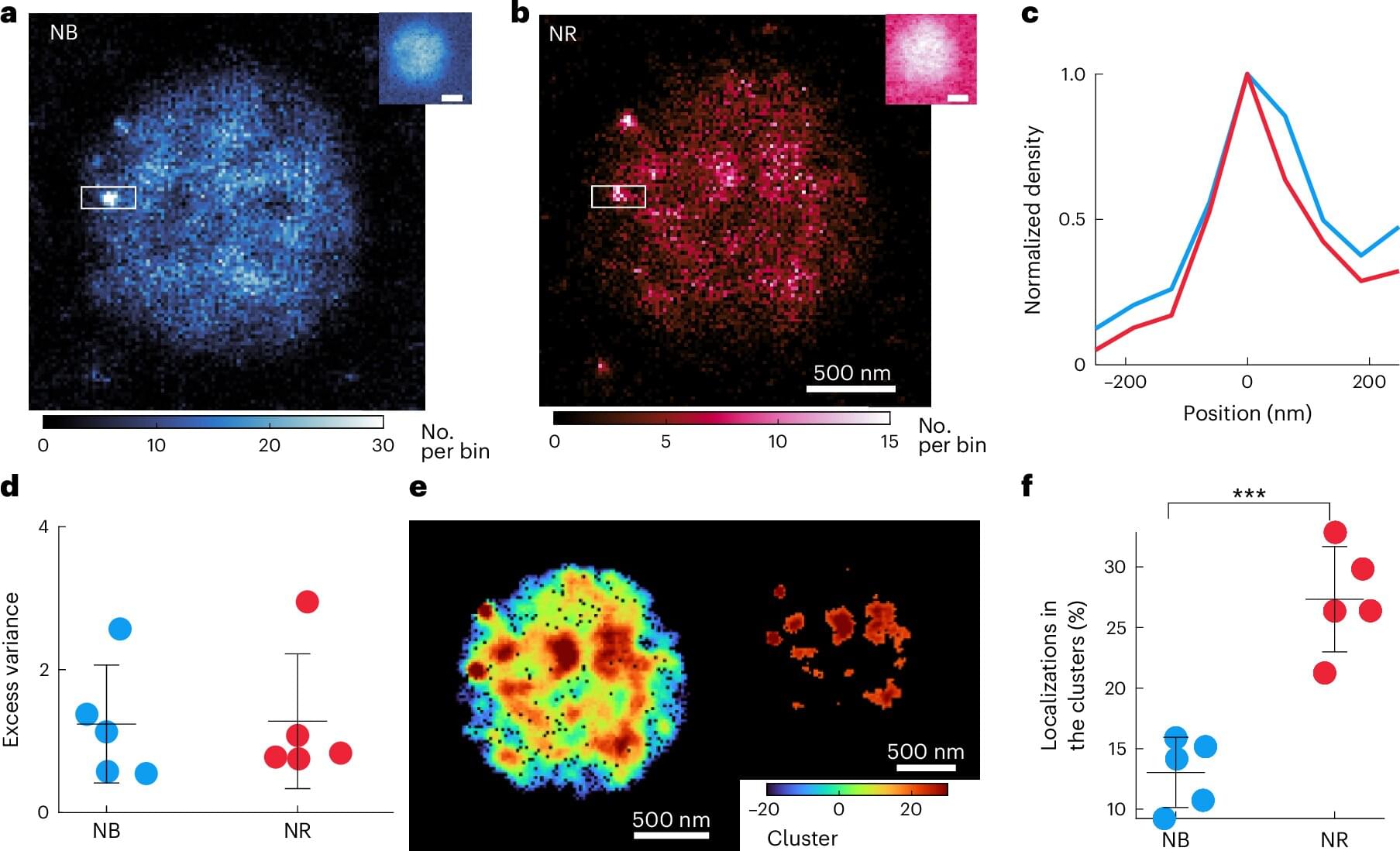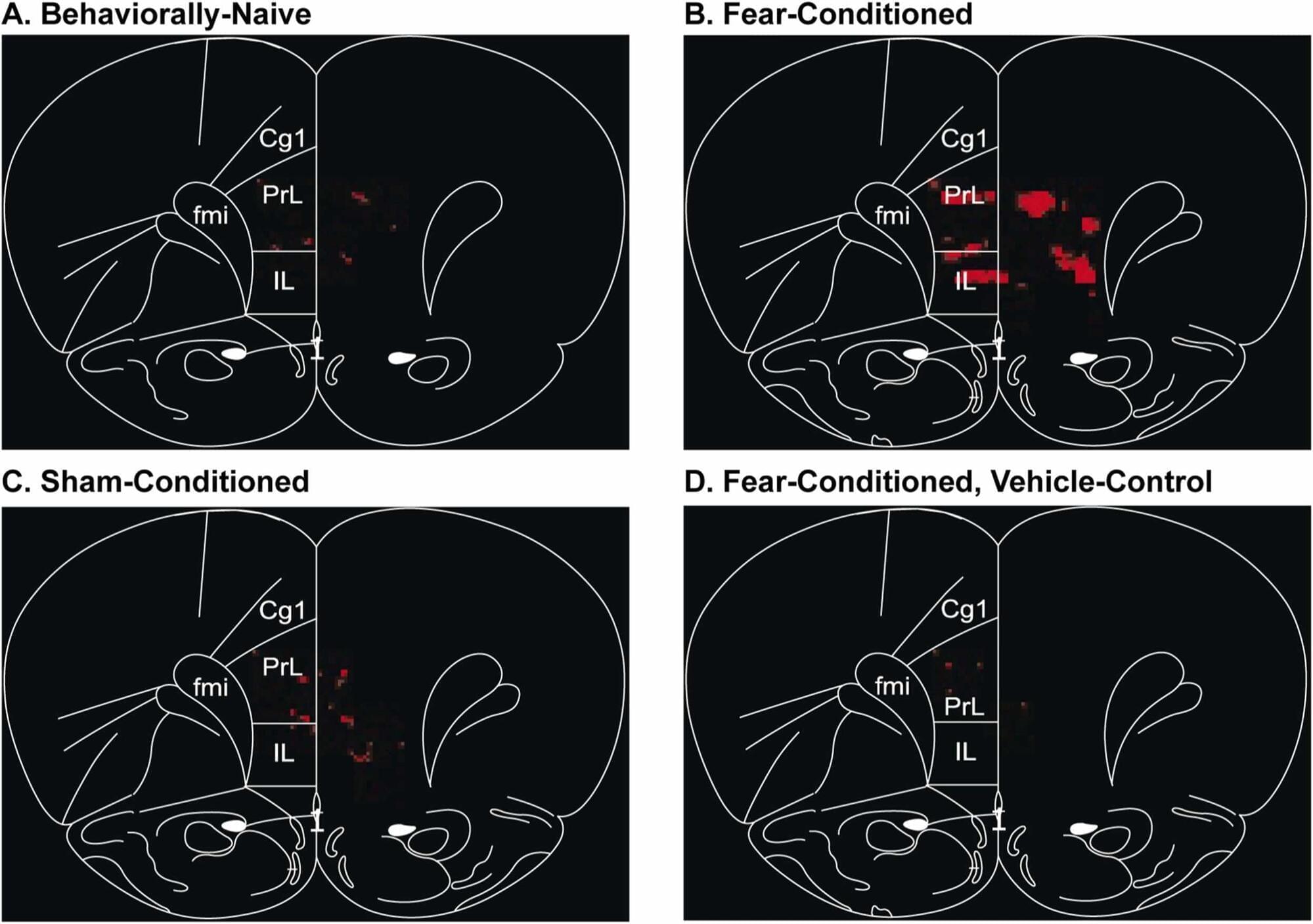Extracellular vesicles can be designed to serve as delivery platforms for gene therapy. This Review discusses the application and engineering of extracellular vesicles for different gene-therapy modalities, outlining crucial steps to advance this technology into the clinic.
Category: engineering – Page 9
A research team at UNIST has identified the causes of oxygen generation in a novel cathode material called quasi-lithium and proposed a material design principle to address this issue.
Quasi-lithium materials theoretically enable batteries to store 30% to 70% more energy compared to existing technologies through high-voltage charging of over 4.5V. This advancement could allow electric vehicles to achieve a driving range of up to 1,000 km on a single charge. However, during the high-voltage charging process, oxygen trapped inside the material can oxidize and be released as gas, posing a significant explosion risk.
The research team, led by Professor Hyun-Wook Lee in the School of Energy and Chemical Engineering, discovered that oxygen oxidizes near 4.25V, causing partial structural deformation and gas release.
Download Star Trek Fleet Command for FREE now here: https://bit.ly/3XYvSJ2 to support my channel, and enter the promo code VOYAGER30 to unlock Neelix, the morale officer from Voyager FREE.
Dr. Clément Vidal joins John Michael Godier to discuss his new paper on the Spider Stellar Engine, a hypothetical form of stellar propulsion using binary pulsar systems. The conversation explores how such systems could serve as **technosignatures**, the philosophy of post-biological civilizations, and the potential for advanced beings to manipulate entire stars or even create new universes.
Vidal, C. 2024. “The Spider Stellar Engine: A Fully Steerable Extraterrestrial Design?” Journal of the British Interplanetary Society 77 : 156–66. doi:10.59332/jbis-077–05-0156. https://arxiv.org/abs/2411.05038.
Vidal, C. 2019. “Pulsar Positioning System: A Quest for Evidence of Extraterrestrial Engineering.” International Journal of Astrobiology 18 : 213–34. doi:10.1017/S147355041700043X. https://arxiv.org/abs/1704.03316.
Delahaye, J. P., and C. Vidal. 2018. “Organized Complexity: Is Big History a Big Computation?” American Philosophical Association Newsletter on Philosophy and Computers 17 : 49–54. http://arxiv.org/abs/1609.07111.
#EventHorizon #SETI #Technosignatures #Astrophysics #StellarEngines #FermiParadox #ExtraterrestrialLife #Pulsars #SpaceExploration #PhilosophyOfScience #cosmology.
As the growth in global electricity need and supply continues to accelerate, efficient power electronics will be key to improving grid efficiency, stability, integration, and resilience for all energy sources.
Advances in wide-bandgap materials for semiconductors offer the potential to enable greater power handling in power electronics while reducing electrical and thermal losses. Wide-bandgap materials also allow for smaller, faster, more reliable, and more energy-efficient power electronic components than current commercial silicon-based power electronic components.
Researchers from the National Renewable Energy Laboratory (NREL), the Colorado School of Mines, and Oak Ridge National Laboratory examined a potential route to achieve peak performance of aluminum gallium nitride, AlxGa1-x N, a key material for increasing power electronics’ energy efficiency and performance, through growth on optimized substrate materials.
Brain implants hold immense promise for restoring function in patients with paralysis, epilepsy and other neurological disorders. But a team of researchers at Case Western Reserve University has discovered that bacteria can invade the brain after a medical device is implanted, contributing to inflammation and reducing the device’s long-term effectiveness.
The research, published in Nature Communications, could improve the long-term success of brain implants now that a target has been identified to address.
“Understanding the role of bacteria in implant performance and brain health could revolutionize how these devices are designed and maintained,” said Jeff Capadona, Case Western Reserve’s vice provost for innovation, the Donnell Institute Professor of Biomedical Engineering and senior research career scientist at the Louis Stokes Cleveland VA Medical Center.
Scientists unlock new dimension in light manipulation, ushering in a new era in photonic technology
Posted in engineering, nanotechnology, particle physics, solar power, sustainability | Leave a Comment on Scientists unlock new dimension in light manipulation, ushering in a new era in photonic technology
Researchers at Heriot-Watt University have made a discovery that could pave the way for a transformative era in photonic technology. For decades, scientists have theorized the possibility of manipulating the optical properties of light by adding a new dimension—time. This once-elusive concept has now become a reality thanks to nanophotonics experts from the School of Engineering and Physical Sciences in Edinburgh, Scotland.
Published in Nature Photonics, the team’s breakthrough emerged from experiments with nanomaterials known as transparent conducting oxides (TCOs)—a special glass capable of changing how light moves through the material at incredible speeds. These compounds are widely found in solar panels and touchscreens and can be shaped as ultra-thin films measuring just 250 nanometers (0.00025 mm), smaller than the wavelength of visible light.
Led by Dr. Marcello Ferrera, Associate Professor of Nanophotonics, of the Heriot-Watt research team, supported by colleagues from Purdue University in the US, managed to “sculpt” the way TCOs react by radiating the material with ultra-fast pulses of light. Remarkably, the resulting temporally engineered layer was able to simultaneously control the direction and energy of individual particles of light, known as photons, a functionality which, up until now, had been unachievable.
It may someday be possible to listen to a favorite podcast or song without disturbing the people around you, even without wearing headphones. In a new advancement in audio engineering, a team of researchers led by Yun Jing, professor of acoustics in the Penn State College of Engineering, has precisely narrowed where sound is perceived by creating localized pockets of sound zones, called audible enclaves.
In an enclave, a listener can hear sound, while others standing nearby cannot, even if the people are in an enclosed space, like a vehicle, or standing directly in front of the audio source.
In a study published in the Proceedings of the National Academy of Sciences, the researchers explain how emitting two nonlinear ultrasonic beams creates audible enclaves, where sound can only be perceived at the precise intersection point of two ultrasonic beams.
In a groundbreaking moment for cancer, Chinese researchers turned the immune response provoked by organ transplants to fight the leading cause of death worldwide.
According to Columbia University’s Department of Surgery, 10–20% of patients who undergo transplant surgery will experience at least one rejection. However, researchers in China ingeniously turned that negative into a positive by directing that powerful impulse to attack cancer cells.
Called a “tumor-to-pork” strategy, a new study published in Cell earlier this year demonstrated immense success in engineering a virus that tricked the human body into believing that cancer cells were pig tissue, according to the South China Morning Post, thereby triggering a hyperacute inflammatory response. The virus began attacking the tumor with a staggering 90% success rate, to the point of curing a patient with advanced cervical cancer.
Biomolecular condensates are shifting blobs in our cells that organize cellular matter. They are distinct molecular communities made of DNA, RNA and proteins that “condense” molecules to key locations, yet they frequently defy description. Partly this is because they are so small, they cannot be measured using traditional microscopes.
“These blobs were once described as being ‘liquid-like’ because some of them were observed to kiss, fuse, drip and flow like raindrops on windshields,” said Rohit Pappu, Gene K. Beare Distinguished Professor of biomedical engineering the McKelvey School of Engineering at Washington University in St. Louis.
However, while the blobs may look like raindrops, computations have suggested otherwise. The molecular organization within condensates is more like that of a network that rearranges on different timescales, giving condensates more of a shifting, silly putty-like character.
Wayne State University researchers are using photoacoustic imaging to observe brain activity and, in the process, discovering more about how it responds to different types of learning and experiences.
The team’s findings were recently published in the journal Photoacoustics.
The study, “Use of pattern recognition in photoacoustic imaging to identify neuronal ensembles in the prefrontal cortex of rats undergoing conditioned fear learning,” stemmed from a project by Wayne State University School of Medicine alumnus, James Matchynski, M.D., Ph.D., and was led by School of Medicine faculty members Shane Perrine, Ph.D., associate professor of psychiatry and behavioral neurosciences, and Alana Conti, Ph.D., professor of psychiatry and behavioral neurosciences and director of the Translational Neuroscience Program. The team collaborated with colleagues in the Department of Biomedical Engineering at the University of Illinois Chicago.
